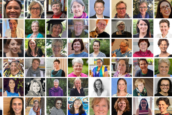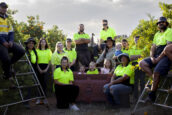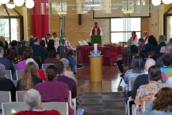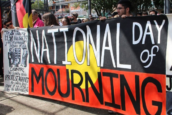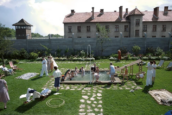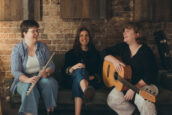
Changes to Uniting Church Out-of-Home-Care Services
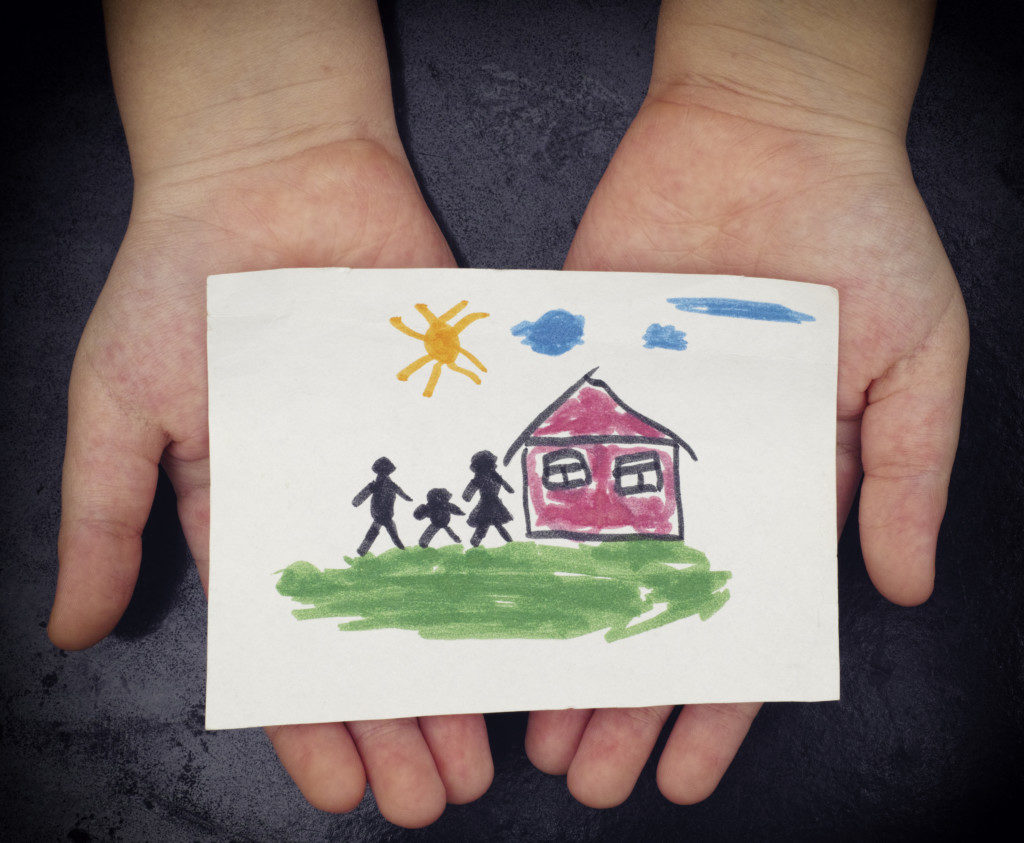
Our service agencies, Uniting and Wesley Mission, are preparing to make some major changes to how they care for young people in residential out-of-home-care (OOHC). The changes are guided by an independent review commissioned by the Uniting Church in Australia Synod of NSW and the ACT, and overseen by Christine Nixon APM.
Residential OOHC is where young people – usually teenagers – who cannot live with their families and for whatever reason cannot be placed in foster care, are cared for in a group home with other young people. Staff work in shifts to provide care and supervision around the clock. But more and more OOHC providers are seeing young people with increasingly complicated needs, who require a much higher level of support than can be provided in a group home like this. With four or five young people living in the one house it is difficult to meet everyone’s needs.
Uniting and Wesley Mission have been leaders in OOHC for generations – and over that time have continuously innovated to respond to the needs of the young people they are there to serve. That is why Uniting and Wesley Mission will not continue to provide residential care in the current group home model. Between the organisations, there are 24 young people across five group homes.
Over the next months we will be looking at better options for these young people, and better options for the young people who come after them. This includes evaluating a new therapeutic model the NSW government has already suggested, and considering best practice initiatives both nationally and internationally.
As well as improving residential OOHC, we will continue to work to prevent children entering OOHC in the first place. We know that the best outcomes for children and young people are achieved when they are able to stay with their families. The review, for example, recommends expanding the Uniting New Parent and Infant Network (NEWPIN). NEWPIN is an intensive, therapeutic restoration program for families with young children, and it has a 61% restoration rate – twice the usual rate for children in care.
As the review says, many of the issues that see children and young people end up in OOHC – both residential care and foster care – are the result of intergenerational disadvantage. It is therefore crucial that strategies are found to break this cycle of disadvantage, either by restoring children and young people to families in the first place, or giving young people in residential OOHC the intensive support they need to achieve the best possible outcomes for their future. Doing this is not just morally and socially right, but it simply makes economic sense for society to invest early in effective strategies.
We must keep working to find new ways to support the changing needs of young people and vulnerable families. When we lead with our strengths we can do the greatest service for the people who most need our support.
- Tags: news, uniting, Uniting Church, wesley mission








